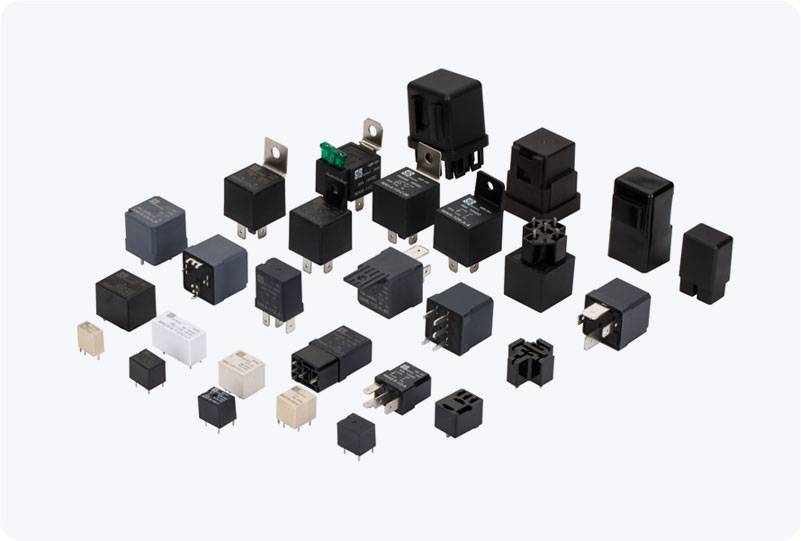A PCB electromagnetic relay is an essential component in modern electronic systems, providing the critical ability to control high power or voltage circuits using a low power signal. Relays are used extensively in a wide range of applications, from industrial control systems to consumer electronics. This article explores the function, construction, and significance of PCB electromagnetic relays, their working principles, and the diverse applications that benefit from their capabilities.

What is a PCB Electromagnetic Relay? A PCB electromagnetic relay is a type of relay that is designed to be mounted directly onto a Printed Circuit Board (PCB). It consists of an electromagnetic coil, a set of contacts, and a mechanical armature that moves when the coil is energized. The main function of a relay is to open or close electrical contacts in response to a control signal, effectively isolating different sections of a circuit or switching between different paths. The term “electromagnetic” comes from the way the relay operates—using the magnetic field generated by the coil to activate the contacts.